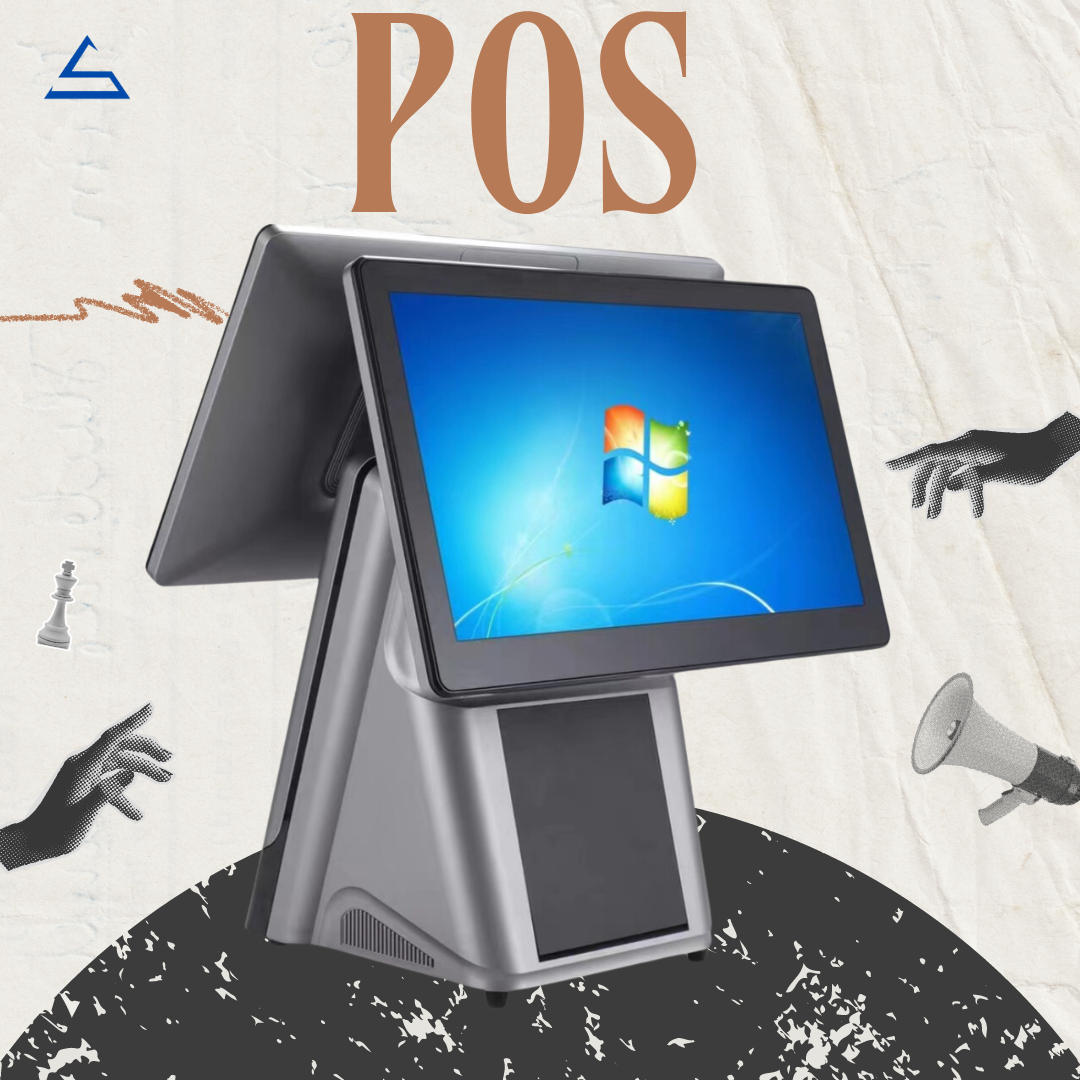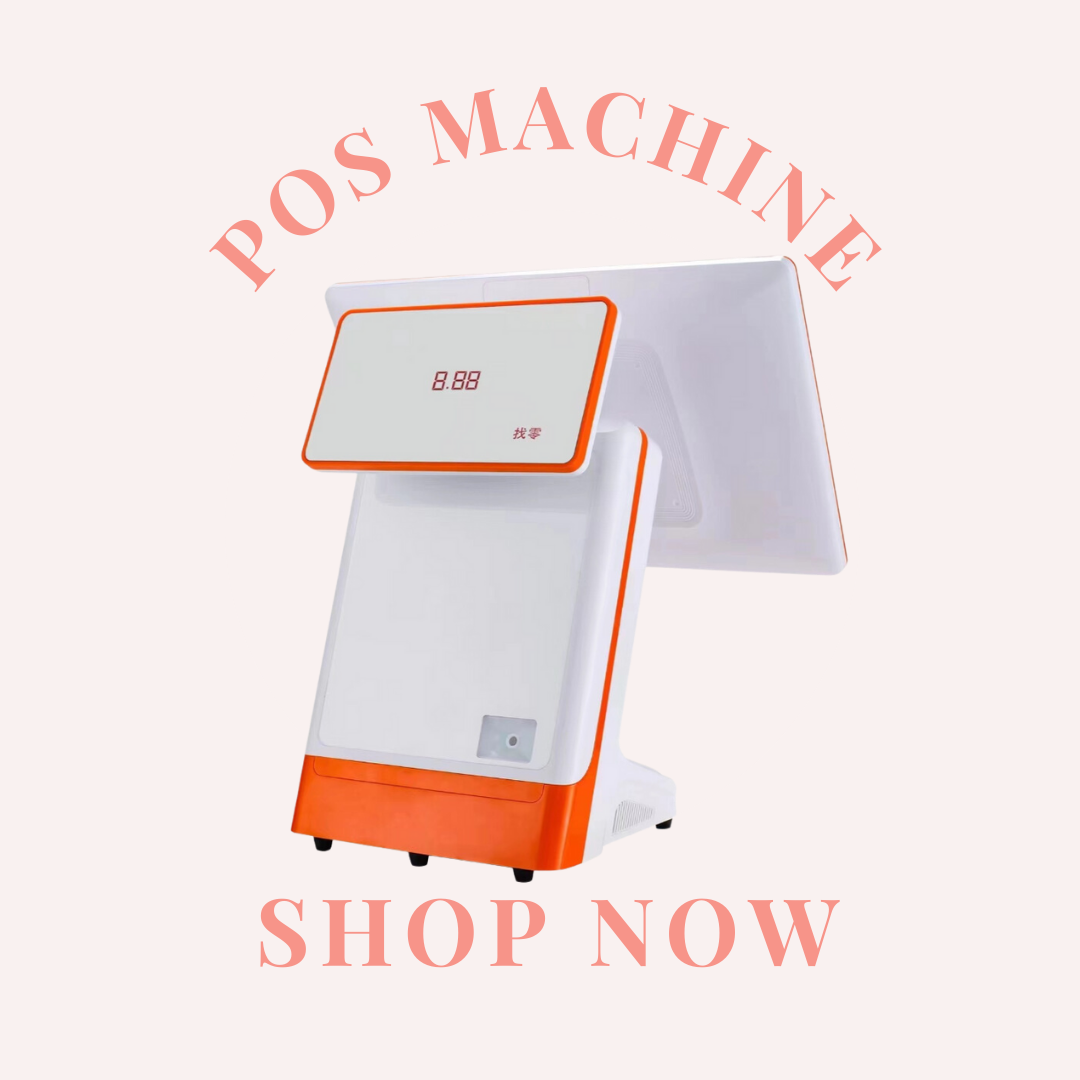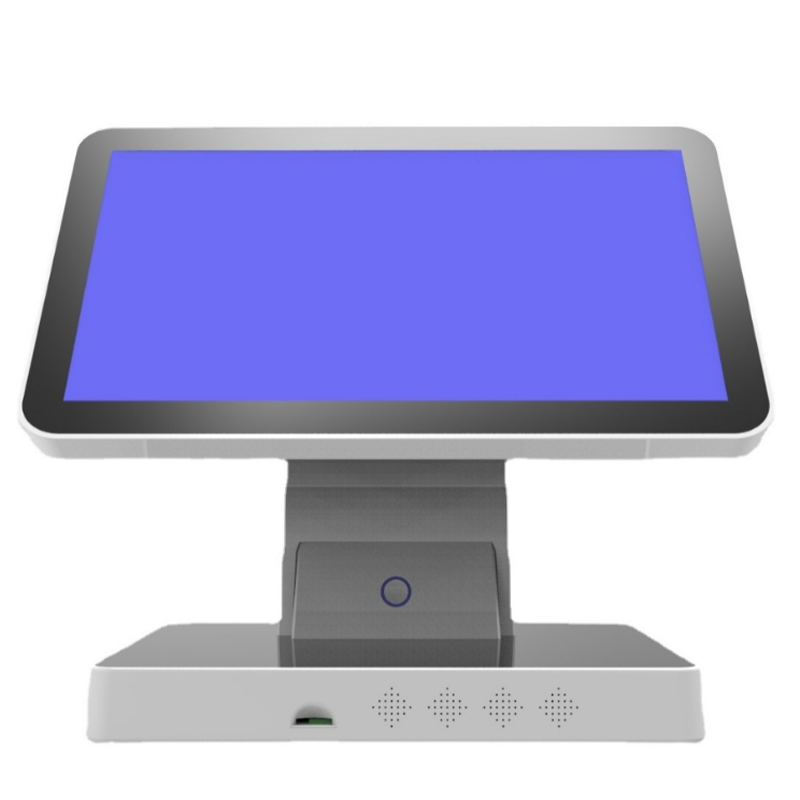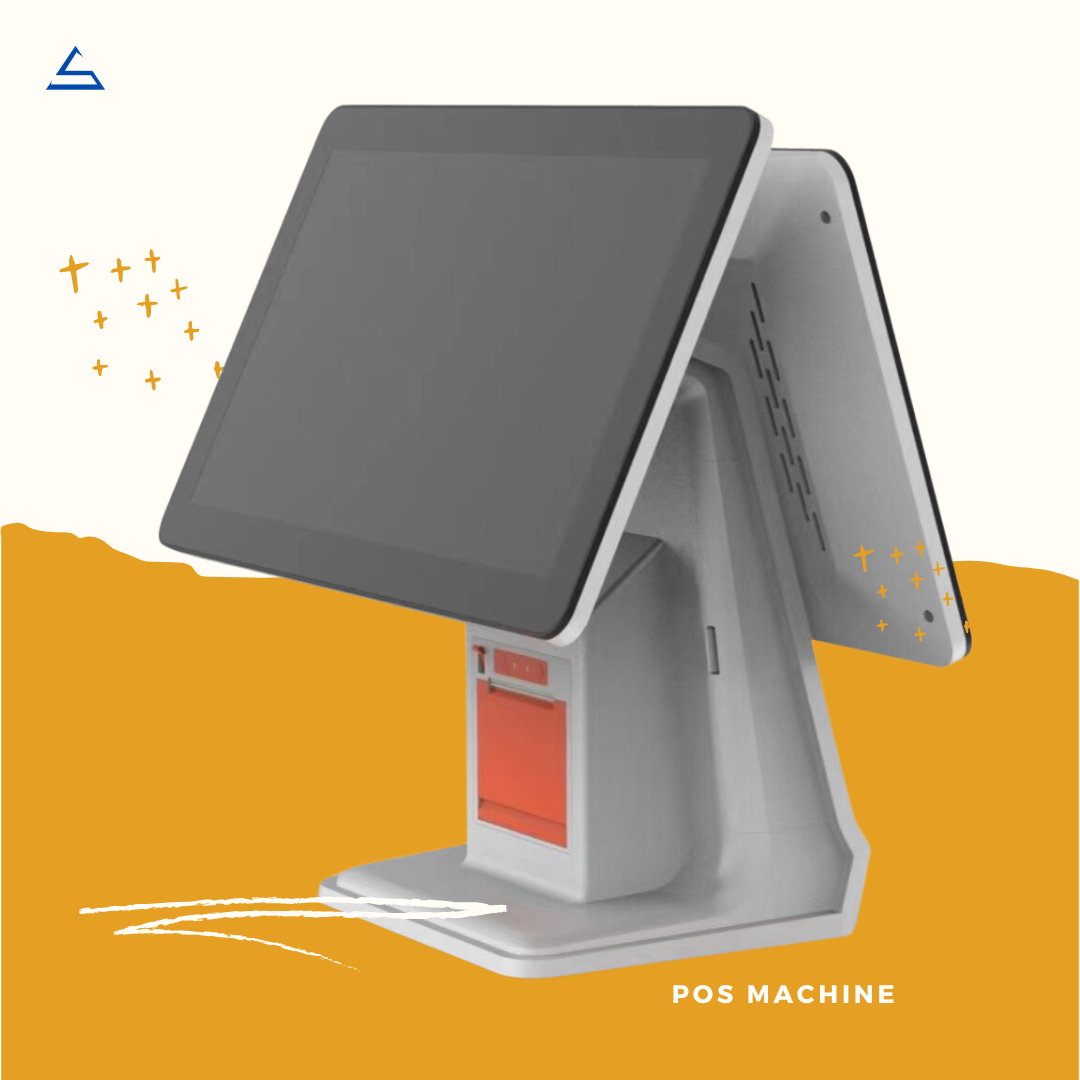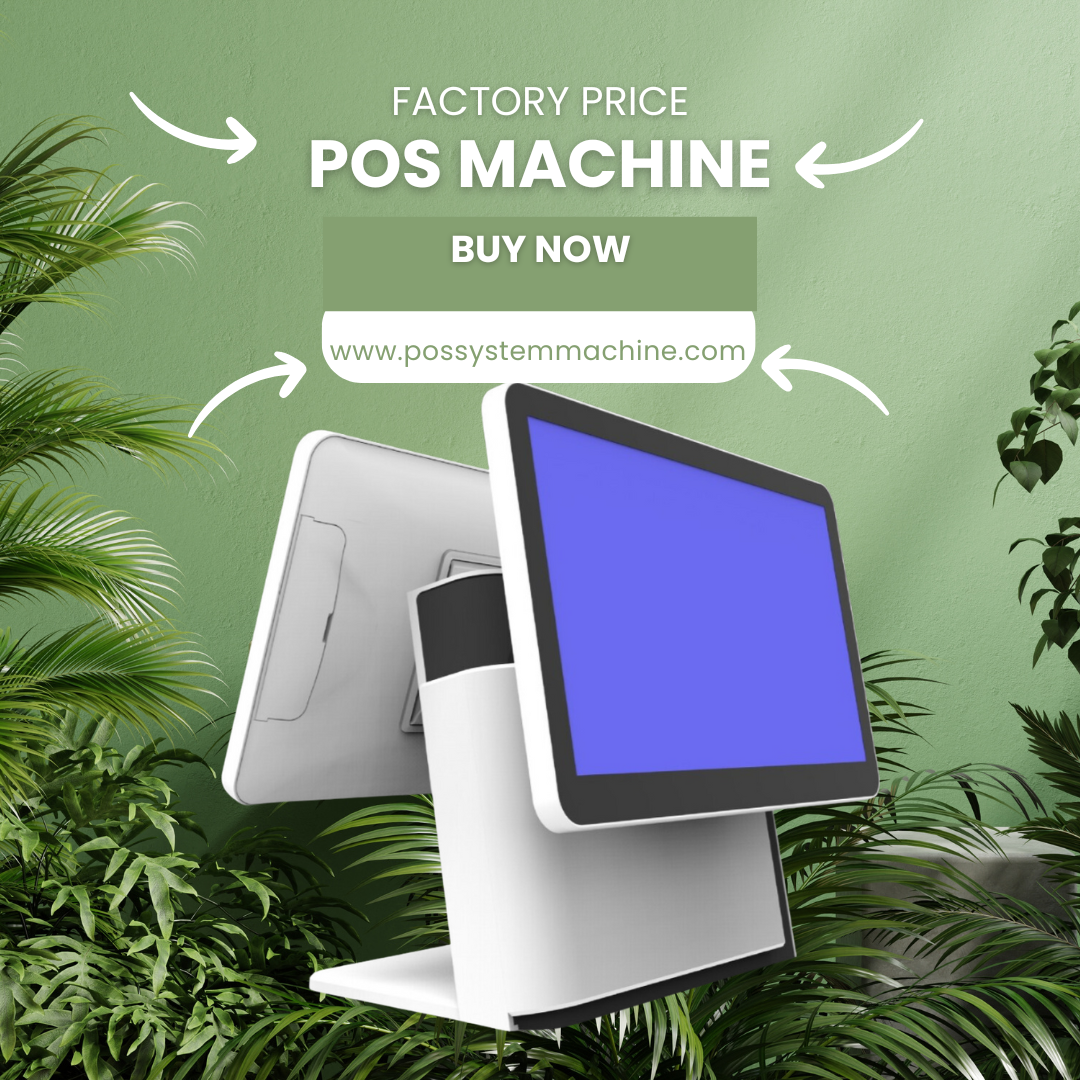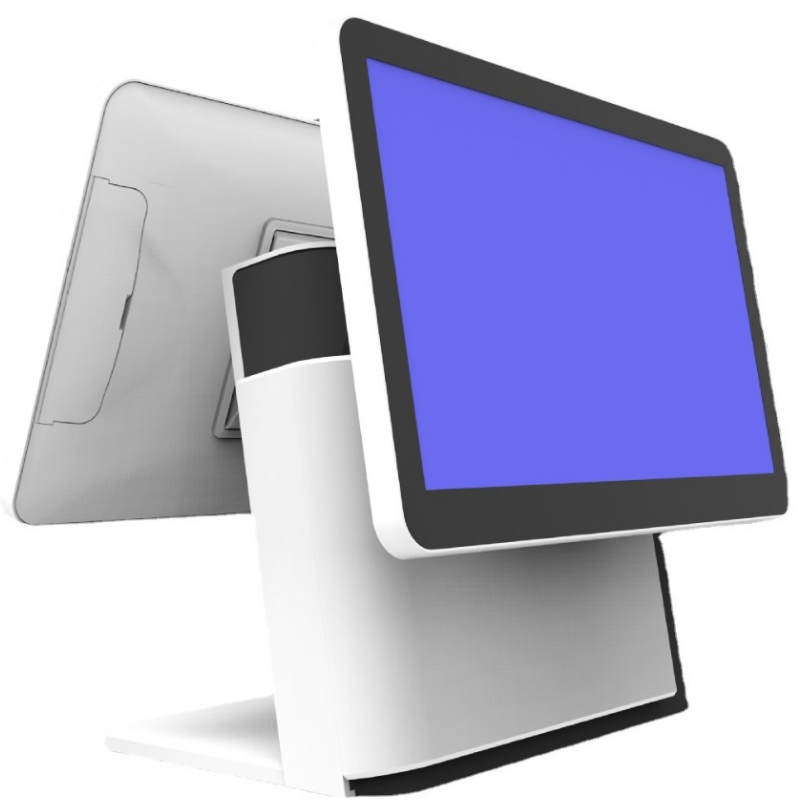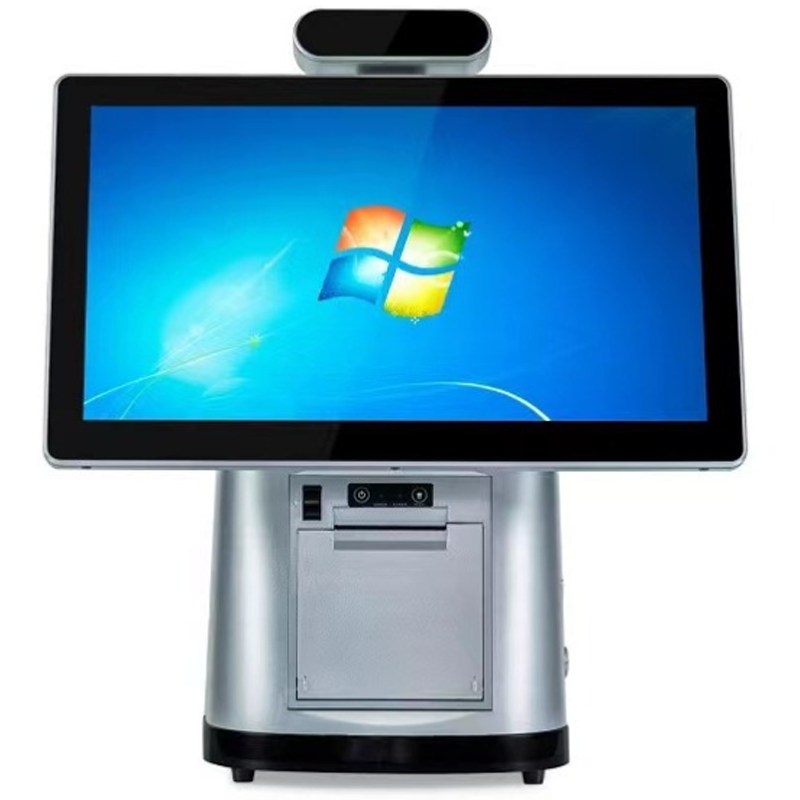Top POS Hardware Providers
Table of Contents
Summary
Are you searching for the perfect point-of-sale (POS) hardware for your business? Look no further! This comprehensive guide will walk you through everything you need to know about POS hardware providers, helping you make an informed decision for your business needs. From industry leaders to innovative newcomers, we’ll explore the best options available in the market today. Whether you’re a small retail shop or a bustling restaurant, understanding the right POS hardware can streamline your operations and boost your bottom line. Read on to discover how to choose the ideal POS system that will revolutionize your business transactions and customer experience.
What Exactly is POS Hardware?
POS hardware refers to the physical components of a point-of-sale system used to process transactions and manage sales. These devices work in tandem with POS software to create a complete system for handling payments, tracking inventory, and managing customer data. Common POS hardware includes:
- Terminals or touchscreen monitors
- Cash drawers
- Receipt printers
- Barcode scanners
- Card readers
- Customer-facing displays
Each piece of hardware plays a crucial role in creating a seamless checkout experience for both customers and employees.
Who Are the Leading POS Hardware Manufacturers?
Several companies have established themselves as top providers in the POS hardware industry. Some of the most reputable manufacturers include:
- Clover
- Square
- Chengqiang
- Ingenico
- NCR
- Shopify
- Toast
Chengqiang is a top POS machine manufacturer in China.
These companies offer a range of solutions catering to different business sizes and industries. When choosing a provider, consider factors such as reliability, compatibility with your existing systems, and customer support.
What Features Should You Look for in POS Hardware?
When evaluating POS hardware options, keep an eye out for these essential features:
- Durability: Look for hardware that can withstand heavy use and potential spills or drops.
- User-friendly interface: Intuitive design ensures quick training and efficient use.
- Connectivity options: Wi-Fi, Ethernet, and cellular capabilities provide flexibility.
- Integration capabilities: Ensure the hardware works seamlessly with your chosen software.
- Security features: EMV chip readers and encryption protect sensitive customer data.
- Expandability: The ability to add peripherals as your business grows is crucial.
Remember, the best POS hardware should not only meet your current needs but also adapt to your future requirements.
How Do You Choose the Right POS Hardware for Your Business?
Selecting the appropriate POS hardware involves considering several factors:
- Business type: Retail, restaurant, and service industries have different needs.
- Transaction volume: High-volume businesses require more robust systems.
- Mobility requirements: Some businesses benefit from portable POS solutions.
- Budget: Balance cost with features and reliability.
- Scalability: Choose hardware that can grow with your business.
Take time to assess your specific needs and research options that align with your business goals.
What Are the Benefits of Using Modern POS Hardware?
Implementing up-to-date POS hardware can provide numerous advantages:
- Faster transaction processing
- Improved accuracy in sales and inventory tracking
- Enhanced customer experience
- Better data collection and analysis
- Increased security for payment information
- Streamlined operations and reduced manual work
By investing in quality POS hardware, businesses can save time, reduce errors, and ultimately improve their bottom line.
How Much Should You Expect to Spend on POS Hardware?
The cost of POS hardware can vary widely depending on the complexity of the system and the specific components included. Here’s a general price range for common POS hardware:
| Component | Price Range |
|---|---|
| POS Terminal | $300 – $2,000+ |
| Cash Drawer | $50 – $300 |
| Receipt Printer | $200 – $500 |
| Barcode Scanner | $100 – $500 |
| Card Reader | $20 – $300 |
Keep in mind that many providers offer bundled solutions that can be more cost-effective than purchasing individual components. Additionally, some companies provide hardware leasing options to help manage upfront costs.
What Are the Latest Trends in POS Hardware?
The POS hardware industry is constantly evolving. Some current trends include:
- Contactless payments: NFC-enabled devices for tap-to-pay transactions.
- Mobile POS (mPOS): Smartphone and tablet-based solutions for on-the-go businesses.
- Self-service kiosks: Allowing customers to place orders and make payments independently.
- Biometric authentication: Using fingerprints or facial recognition for secure transactions.
- Cloud-based systems: Enabling real-time data synchronization across multiple devices.
Staying informed about these trends can help you make future-proof hardware decisions for your business.
How Does POS Hardware Integrate with Software?
The integration between POS hardware and software is crucial for a seamless operation. Most modern POS systems use a combination of:
- Drivers: Software that allows the operating system to communicate with hardware devices.
- APIs: Application Programming Interfaces that enable different software components to interact.
- Cloud connectivity: Allowing for real-time data synchronization and remote management.
When choosing a POS system, ensure that the hardware and software are designed to work together or have proven compatibility. This integration is key to avoiding technical issues and maximizing the efficiency of your point-of-sale system.
What Are Common Issues with POS Hardware and How Can You Avoid Them?
While POS hardware can significantly improve business operations, it’s not without potential challenges. Here are some common issues and tips to avoid them:
- Connectivity problems: Ensure a stable internet connection and have a backup plan for offline transactions.
- Hardware malfunctions: Regularly maintain and clean your equipment to prevent wear and tear.
- Software compatibility: Always check that hardware updates are compatible with your current software version.
- Security vulnerabilities: Keep your system updated and use strong encryption methods.
- User errors: Provide thorough training to staff on proper hardware use and troubleshooting.
By anticipating these issues and taking preventive measures, you can minimize downtime and maintain smooth operations.
How Can You Maximize the Lifespan of Your POS Hardware?
Investing in quality POS hardware is just the first step. To ensure longevity and optimal performance, follow these best practices:
- Perform regular cleaning and maintenance
- Keep software and firmware up to date
- Use surge protectors to guard against power fluctuations
- Train staff on proper handling and usage
- Store portable devices securely when not in use
- Consider extended warranties for critical components
By taking good care of your POS hardware, you can extend its lifespan and protect your investment.
Tags
Product
Blog
Contact Us
Related Products
Frequently asked questions about wood box manufacutring

